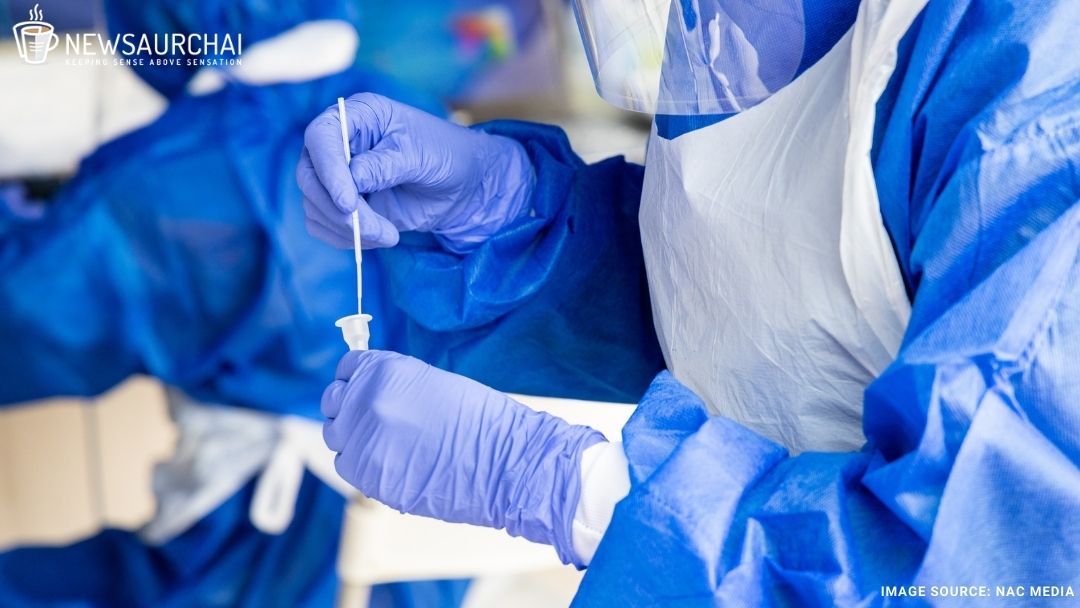
As the relentless second wave of the SARS-CoV-2 continues to hammer India with over 2.5 lakh cases every day, two new problems seem to have appeared to add to the misery. The ‘triple mutant variant’ and mucormycosis, also known as the black fungus.
The ‘double mutant variant’ that has been ravaging India for quite some time belongs to the B.1.617 lineage, one of the two lineages discovered in India, and is characterised by the E484Q and L452R mutations.
Triple Mutant
The triple mutant belongs to the other lineage known as B.1.618. It carries the E484K and D614G mutations in the spike protein along with the deletion of two amino acids, namely H146del and Y145del. The E484K mutation is dubbed an ‘immune escape variant’, meaning it has higher chances of going undetected by the immune system.
Maharashtra, Delhi, West Bengal and Chhattisgarh all have reported cases of this variant. 8% of the samples sequenced by the INSACOG (Indian SARS-CoV-2 Genomic Consortia) by April 23rd have been detected as the triple mutant variant, while 23% carry the double mutation. The rapid increase in the number of cases and inadequate infrastructure makes matters worse as adequate and consistent viral strain sequencing is proving to be very difficult. It is also not confirmed if any of the vaccines will work against these new variants. Still, it is believed that they will most likely effectively reduce the severity of infection in almost all strains.
Black Fungus
Mucormycosis is a rare fungal infection being detected in an unusually high number of Covid patients in India. It is caused by a fungus group known as mucormycetes, commonly present in the environment. It usually infects patients with health conditions who are on immunosuppressant and anti-inflammatory medicines like steroids. Excessive use of cheap steroids and poor sanitary conditions of post-covid patients are said to be the significant causes for an increase in this infection. “Mold-tainted oxygen pipes and humidifiers” along with the use of tap water in flow meters of oxygen cylinders could be another potential cause as reported by The Economic Times.
Symptoms of mucormycosis infection are pain, redness around the eyes and/or nose, fever, headache, coughing, shortness of breath, bloody vomits, and altered mental status. Some warning signs are toothache, loosening of teeth, blurred or double vision with pain, sinusitis (nasal blockade or blackish/bloody discharge), cheekbone or one-sided facial pain or swelling, blackish discolouration of nose bridge/palate, thrombosis, skin lesion, chest pain reports The Indian Express. Patients should seek immediate medical attention if any of these conditions appear.
This is a severe infection and can lead to permanent blindness and even death. The mortality rate is an astonishing 80% if not treated and around 40-50% if treated. If caught at the early sinus stage itself, full recovery can be expected, reports The Economic Times. Amphotericin B, the drug required to treat this disease, is in short supply. The Centre says it is taking steps to address this shortage. Twenty vials of this drug might be required to treat each patient, with each vial causing ₹5,000-6,000.





